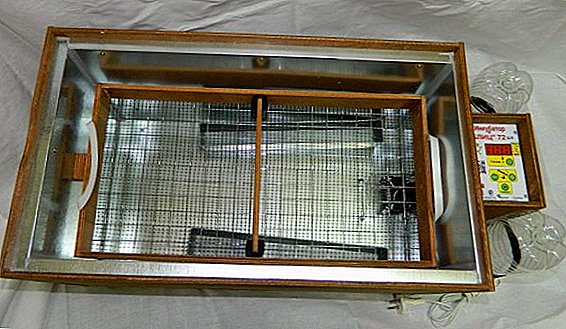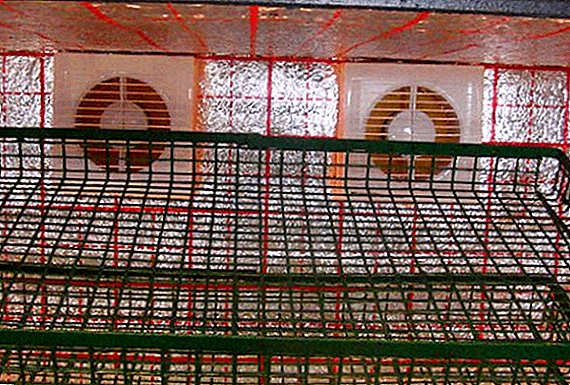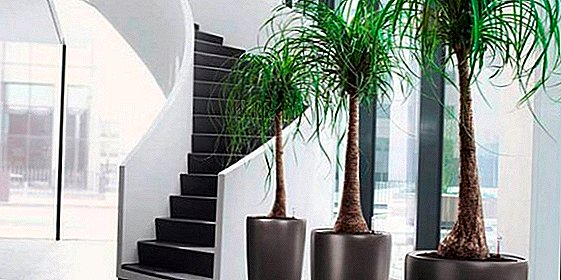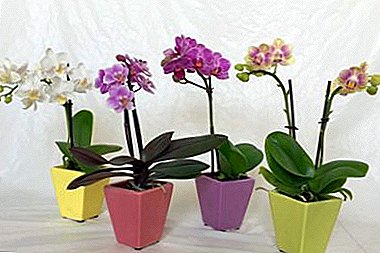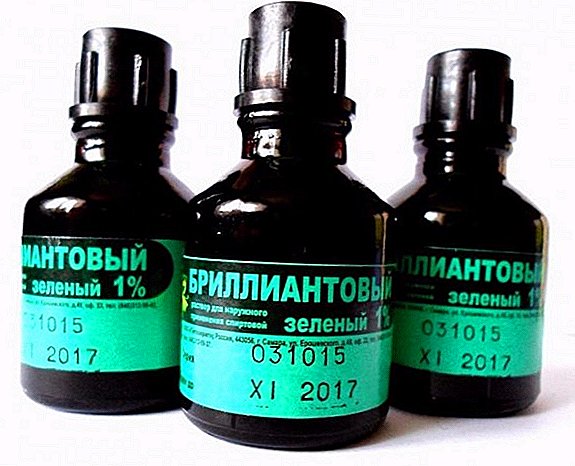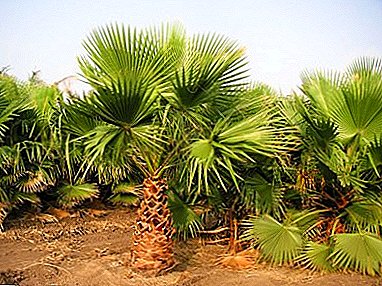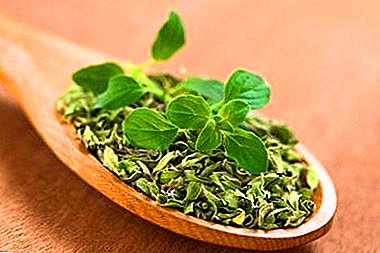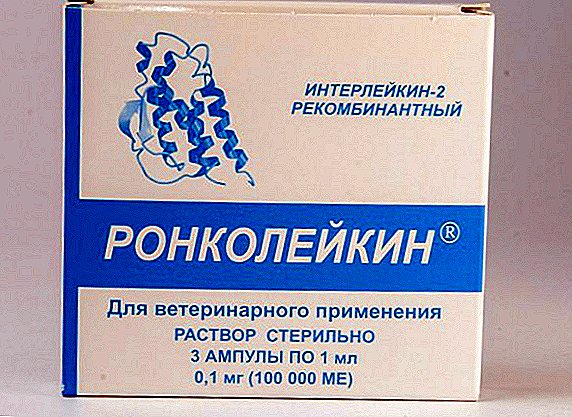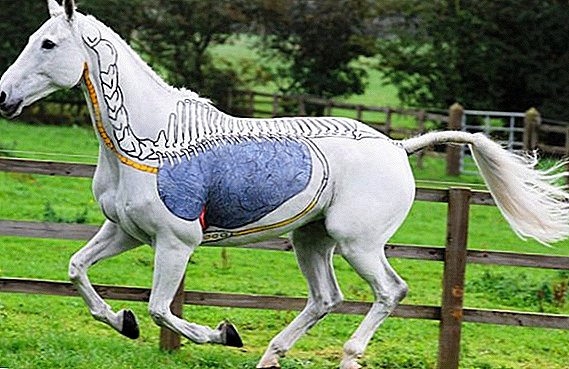 Anatomy of an animal examines the structure of its body. Conventionally, the animal's body can be divided into articles, the skeleton and internal organs. A detailed understanding of the structure of the body makes it possible to correctly assess the ability of the animal to work with it, to assist in case of need. This article will examine the structure of the horse's body - its skeleton, the system of internal organs and the article.
Anatomy of an animal examines the structure of its body. Conventionally, the animal's body can be divided into articles, the skeleton and internal organs. A detailed understanding of the structure of the body makes it possible to correctly assess the ability of the animal to work with it, to assist in case of need. This article will examine the structure of the horse's body - its skeleton, the system of internal organs and the article.
Horse skeleton
The skeleton of this animal is designed to withstand a large load, which occurs when running fast and moving weights. In general, the foal has more than 250 bones at birth, some of which grow together in adulthood. The skeleton of an adult individual contains 212 bones that are connected motionless through the seams or movably through the joints.
Important! Due to the enormous loads on the limbs, a broken leg for a horse is an injury that cannot be completely cured. If you do not want to get rid of the injured animal, you need to transfer it to the maximum rest mode and no longer use as a labor.
The bones are divided into five groups depending on their placement in the body. A horse has a backbone that unites all other parts of the skeleton, chest, skull, bones of the fore and hind limbs. On average, each group consists of 45 bones.  The bones of the skull are slightly curved plates with suture. They protect the brain and facial organs. The spinal column combines the bones of the neck, back and waist, it is mobile and flexible.
The bones of the skull are slightly curved plates with suture. They protect the brain and facial organs. The spinal column combines the bones of the neck, back and waist, it is mobile and flexible.
From the vertebrae, on both sides, smoothly curved ribs extend, attaching with the help of cartilages to the lower sternum. They form the chest cavity and protect the internal organs from external influence. The spine ends with the sacral bone, from which the bones of the pelvis extend, creating a cavity for the urinary system.
Did you know? The largest horse in the world lived in the 1840s in England. Gelding nicknamed Samson at the age of two reached a height of 2 m 20 cm at the withers and weighed more than 1.5 thousand kg. His record so far to no one failed to beat.Two pairs of limbs, anterior and posterior, join mobilly to the pelvic bones and brisket. The forelimbs are assembled from the shoulder blades, radius and humeral bones, elbow, wrist, metacarpus and hoof. The hind limbs include the hip, knee, shin, hock, metatarsus, cords, and hooves. Between the bones are connected by movable joints.

Articles or body parts
On average, horses have about 60 articles. Their inspection allows to evaluate the breeding and working value of the animal. All articles are divided into three groups - the head and torso, limbs, the constitution.
Horse head structure
The shape of the head causes the skull. Depending on the breed, there are three types of heads - concave, convex and straight.
Muzzle
Straight pike type of muzzle is found in eastern breeds of animals. Such a structure of the skull makes it possible to cool the hot air in the nasal passages after inhalation and protects from sand getting into the nostrils. A bright representative is the Akhal-Teke horse.
Important! Ganash - chewable bumps under the lower line of the jaw. The distance between them greatly affects the working qualities of the horse. If this distance is less than 10 cm, then ganash will rest on the pharynx, and it will be difficult for the animal to breathe.The straight profile is characteristic of large working and riding breeds of horses that need good ventilation of the lungs. An arboreal snout is characteristic of working breeds and draft carriers.

Ears
The organs of hearing in horses are mobile, consist of 3 soft cartilages. Must be standing, have rounded, pointed or straight ends. Excessive mobility of the ears indicates that the animal sees poorly and tries to compensate for the lack of information. Motionless ears indicate a horse’s deafness. A calm, healthy animal keeps the ears straight, which are slightly turned to the sides.
Eyes
The main sense organ of the horse, which gives him a circular review. Without even turning its head, this animal can see what is happening behind it. There are two blind zones - the back of the croup and the front of the nose.
Did you know? Hard horse hoof is actually one of the most sensitive parts of the body of this animal. It is permeated with blood vessels, has nerve endings and is involved in the blood circulation process. The rhythmic hooves of the hooves of the ground stimulate the heartbeat and the advance of blood throughout the horse’s body. Hoof kick - the most severe weapon that a horse can use against an offender, and an unpaved hoof wounds much more seriously than a savvy one.Normally, the horse's eyes are bulging, dark, wet, with thin dry eyelids and long straight eyelashes. There are individuals with bright eyes. Impaired pigmentation does not affect vision.

Teeth
Belong to the oral cavity. In total, adults should have 40 teeth - 24 molars, 4 canines (in males) and 12 incisors. They are erased during life, after falling out they do not grow back.
As the teeth can be quite accurately determine the age of the animal. The distance from the extreme incisor to the first molar is called the toothless edge. The bits inserted in the horse’s mouth put pressure on this edge and allow the animals to be controlled.
Lips
The paired organ with two surfaces, is a sensitive skin-muscle folds. Outside they are covered with thin hairs, inside they are covered with pink mucous epithelium.
Important! If a horse is fed too hot or cold food, it will lose the sensitivity of the lips and may injure them in the process of eating the food. Let food cool or warm before feeding it to an animal.With their lips, the horses touch the objects of interest, check the food for foreign bodies. Their upper lips are mobile, on the inner side there are salivary glands.

Nose and nostrils
The nostrils of the horse look like two teardrop-shaped holes opening the passage to the nasal cavity. In active temperamental animals, the nostrils are thin and mobile, in calm work horses - thick-walled, partly closed. Moisturized transparent mucous secretion. If the secret changes its color and smell, it means that the animal is sick.
Neck
The average neck length is one third longer than the head. A long thin neck indicates the maneuverability of the horse, the speed of its reactions. Medium or short muscular neck occurs in strong horses that are less mobile but more durable. The shape of the neck is straight and slightly concave, which is not a drawback. On the outside of the horses is growing mane.
Did you know? Horse named Bucephalus was the favorite of the great commander Alexander the Great. According to the legends, he saved the life of his eminent owner as much as 9 times. When the legendary horse fell in battle with the Indian ruler Porom, its owner founded the eponymous city at the site of the death of Bucephalus, which still exists today under the name of Jalalpur. Alexander's contemporaries describe Bucephalus as "a tall black horse with a noble character."
Withers
This is the junction of the neck and body. The withers can be high and low. Animals with high withers are maneuverable and fast, with low - trained dressage and jumping, as they can move their front legs high in motion. 
Back
Estimated by its proportionality. Ideally, it should be straight (not curved, not convex), of medium length. Sagging due to a long ride without a saddle, birth and work injuries. A long back is not suitable for riding horses, as the risk of injury to the animal increases.
We advise you to read about the horse breeds: heavy (Vladimir heavy, Frieze, Tinker, Shire) and riding (Arab, Akhal-Teke, Appaloosa, Orlov trotter).
A short one does not give the horse sufficient maneuverability, although it guarantees endurance and stability. Carp shape indicates excellent coordination and working qualities. In mares, the back is always longer than that of stallions.
Loin
This is the distance from the back to the croup. The loin should be muscular, wide, since it is the main burden for work and dressage. In those who gave birth to mares, the loins slightly sag.
Croup
The back of the body from the middle of the back to the upper part of the tail belongs to the rump. The croup occupies a third of the length of the hull, in racehorses this length will be slightly shorter. There are three types - normal, elevated, lowered.  In most animals, the croup is normal, in trained race horses it is omitted. When viewed from the back of the horse, the croup completely overlaps the body until it expands at the shoulder blades.
In most animals, the croup is normal, in trained race horses it is omitted. When viewed from the back of the horse, the croup completely overlaps the body until it expands at the shoulder blades.
Important! Animals with lowered croup can not be used to move heavy loads - This will certainly lead to injury to the hip joint.
Thorax and stomach
A wide muscular chest is preferable for draft horses, deep - for riding and race animals. Deep chest indicates a large volume of lungs and a strong heart.
The abdomen should be taut, soft and rounded. Slack belly is unacceptable, it appears in animals suffering from obesity. The same applies to a too-drawn abdomen - a sign of intestinal disorders.
Tail
The tail hair of the tail grows out of the end of the reptile, the mobile muscular part. The tail is extended to the race or put joint. Most working horses shorten it or braid it. The color of the tail is often different from the suit of the animal. 
Limb structure
The front and rear limbs of a horse should be well muscled. The rear legs create a push and start moving forward, the front legs serve for maneuverability and stability. The front legs are shorter than the hind legs, and much wider apart. When viewed from the front of the horse's rear legs should be visible through the space between the front legs.
Did you know? Bones stronger than the horse, no one else in the animal kingdom. Their fracture strength is twice the strength of granite, and their tensile elasticity is 4 times greater than that of brass. However, the bone below the hock in a horse is subjected to enormous loads and, once broken, cannot be fully restored.
Internal structure of the horse
The internal organs of the horse are responsible for respiration, digestion, blood transport through the tissues and higher nervous regulation.
The cardiovascular system
Represented by large and small circles of blood circulation. It consists of a four-chamber heart, which in adults reaches a weight of 8 kg, arteries, veins and capillaries. This system provides the supply of body tissues with oxygen and nutrients, takes and removes carbon dioxide and metabolic products.  From the heart, the blood moves through the arteries to the organs, disperses in the tissues through the capillaries and, after metabolic processes, returns to the heart through the veins. The average heart rate in a healthy adult individual at rest is 30-40 beats, in a foal - 70-80.
From the heart, the blood moves through the arteries to the organs, disperses in the tissues through the capillaries and, after metabolic processes, returns to the heart through the veins. The average heart rate in a healthy adult individual at rest is 30-40 beats, in a foal - 70-80.
Important! Based on the pulse frequency of the horse after physical exertion, it is possible to judge its performance and physical fitness. If, after galloping or carrying weights, the pulse rate has risen above 120 beats per minute, such loads to the animal are unbearable.
Respiratory
The horse's respiratory system consists of the nose, larynx, trachea, and lungs. Through the nostrils and the airway, the air after inhalation enters the larynx. Air-conducting paths carry out the primary cleaning, moistening and heating of the air.
Here smells are recognized. The larynx is a breathing tube. It consists of cartilage, is lined with mucous membrane and is also a vocal organ. The trachea into which the respiratory tube passes passes from the larynx to the upper edge of the heart, where it branches into two separate bronchi.  Lungs - parenchymatous paired organ in which blood is saturated with oxygen and gives off carbon dioxide. This process is possible due to the lining of the inner surface of the lung parenchyma, which consists of the smallest alveoli. They are covered with blood capillaries through which the walls are gas exchange.
Lungs - parenchymatous paired organ in which blood is saturated with oxygen and gives off carbon dioxide. This process is possible due to the lining of the inner surface of the lung parenchyma, which consists of the smallest alveoli. They are covered with blood capillaries through which the walls are gas exchange.
Did you know? The smallest horse in the world belongs to the breed of dwarf horses. With a weight of 26 kg, her height is only 43 cm. The little girl Thumbelina was listed in the Guinness Book of Records in 2006. She remains record holder to this day.The average lung volume of an adult animal is 50 liters. At rest, a horse in one breath absorbs about 5 liters of air. When a horse goes to a gallop or a lynx, its breathing rate reaches 120 breaths per minute. Newborn foals breathe at a frequency of 80 breaths per minute.
Digestive system
The horse is a herbivore with a single-chamber stomach of 10-15 liters and a long intestine. Before swallowing food, the horse rubs it with molar teeth and wets it with plenty of saliva. Feed mass enters the stomach through the esophagus.
It is laid in layers and also gradually, without mixing up, is digested. Cleavage begins with carbohydrates and continues with fats. The horse’s water in the digestive tract passes quickly, so the animal must be watered before each meal and one and a half hours after it.  The mass digested in the stomach enters the small intestine, then into the colon, and then into the cecum, which is responsible for the digestion of fiber and proteins. In the stomach, the food mass is processed for about 12 hours, in the small intestine - from 7 to 10. The cecum digests food for more than a day, and the large intestine - about two. In general, the feed is in the horse's body for more than 100 hours.
The mass digested in the stomach enters the small intestine, then into the colon, and then into the cecum, which is responsible for the digestion of fiber and proteins. In the stomach, the food mass is processed for about 12 hours, in the small intestine - from 7 to 10. The cecum digests food for more than a day, and the large intestine - about two. In general, the feed is in the horse's body for more than 100 hours.
Important! Water that has entered the intestine dilutes gastric juice and slows down the process of digesting food. Eaten food begins to ferment, provokes the occurrence of bloating and colic. To avoid this, it is necessary to water the horse half an hour before and an hour and a half after eating.
Nervous
The central nervous system of a horse regulates all types of animal activity, including unconditioned reflexes and even metabolism. The main part of this system is the brain. It consists of 10 departments, each of which is responsible for a function.
The horse is a highly organized animal. She has an excellent memory, easily acquires conditioned reflexes, willingly socializes. The body of a horse consists of a skeleton, systems of internal organs, skin and muscular integument. It is conventionally divided into articles, inspection of which gives an idea of the working and breeding qualities of the animal.  Depending on the breed of the horse, there are differences in the appearance of its body, head and limbs. Each breed has recommended constitution parameters that provide optimal horse functionality.
Depending on the breed of the horse, there are differences in the appearance of its body, head and limbs. Each breed has recommended constitution parameters that provide optimal horse functionality.
Did you know? Some countries allow the use of horses as guides for blind people. Of course, for this purpose they use not ordinary tall horses, but miniature animals of the Falabella breed. These horses undergo special testing to identify the qualities needed by the guide and train hard before becoming a companion to humans. These animals are perfectly oriented in space, do not get lost in large crowds of people and transport. Falabel has a lifespan of more than 30 years, which allows them to be used much longer than dogs.The highly organized nervous system and unique performance make this animal a desirable and useful companion.


